Review: iPhone 12 Pro Max offers Apple’s best camera system
The iPhone 12 Pro Max with advanced computational photography and new lenses takes smartphone photography to the limit.
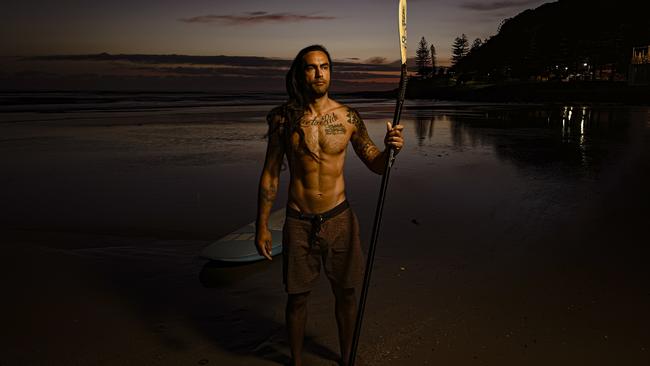
A new iPhone featuring advanced computational photography and new lenses goes on sale in Australia on Friday. You’ll pay from $1849 to $2369 for the iPhone 12 Pro Max, Apple’s most lavish phone yet, and its biggest.
Yet the most interesting factor is the direction Apple and some of its competitors are taking smartphone photography. Apple is using complex processing and artificial intelligence to generate images in a way ordinary cameras don’t. It’s where smartphones can find their niche in premium photography.
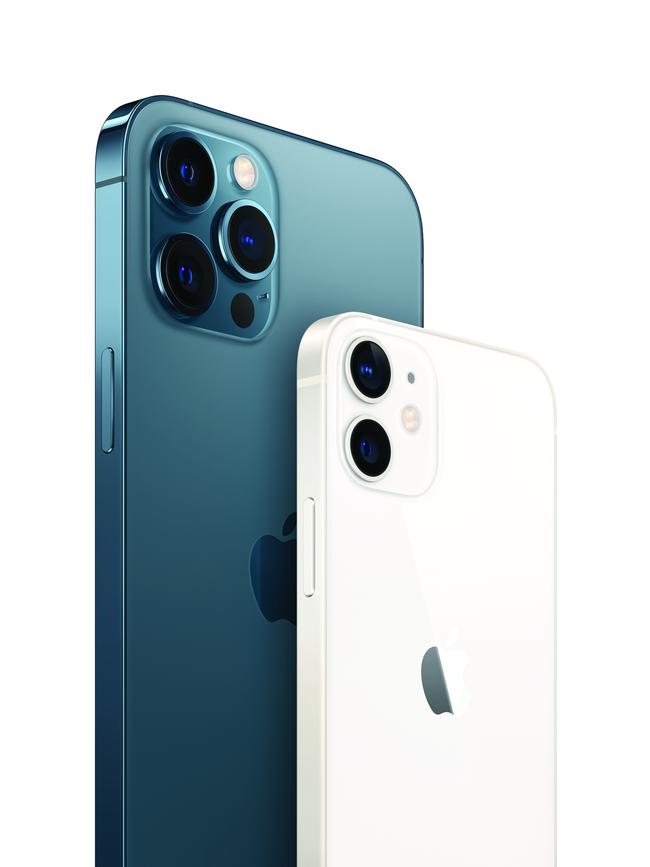
The iPhone 12 Pro Max also has better lenses to further improve images. The wide lens has a larger 1.7 micron sensor with larger pixels compared to 1.4 microns on other iPhone 12 models. It has a larger f/1.6 aperture compared to iPhone 11. These improvements should aid low light photography.
The LiDAR lens more accurately computes distance in low light portrait shots, while the telephoto lens has a longer 65mm focal length which offers more depth in shots.
Apple has moved image stabilisation from the phone onto the sensor which it says means more stability for handheld shots and video, especially in near dark conditions. Apple says its camera stabilisation can make 5000 adjustments per second.
With high dynamic range (HDR3), the iPhone takes multiple images at different exposures to create a single image that retains detail in very bright and very dark areas.
For video, the iPhone 12 Pro Max uses Dolby Vision to achieve much the same effect. That it achieves this in every frame of a 4K video shot at 60 frames per second, is testament to the power of its A14 Bionic processor.
In addition, artificial intelligence is used to recognise shapes and objects in a photo and adjust their exposure without having them look artificial. The clouds in photos I shot both day and night retained incredible detail and added to the atmosphere of the images.
iPhone 12 Pro Max beautifully displayed reflections, ripples and detail in streams and foliage, and I could use the Portrait mode Bokeh effect to blur landscape shot backgrounds. Apple calls this process of pixel-by-pixel adjustment deep fusion.
(Click on the images to view in full screen.)

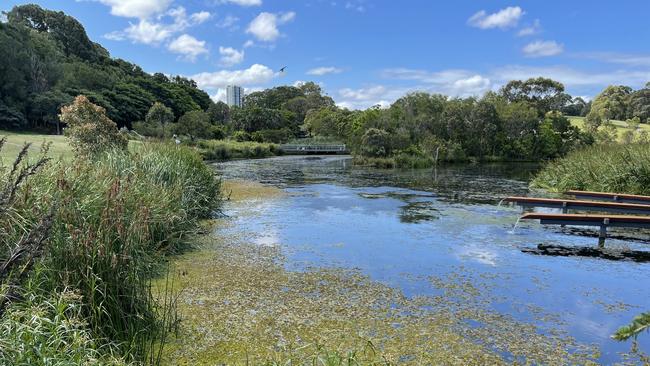
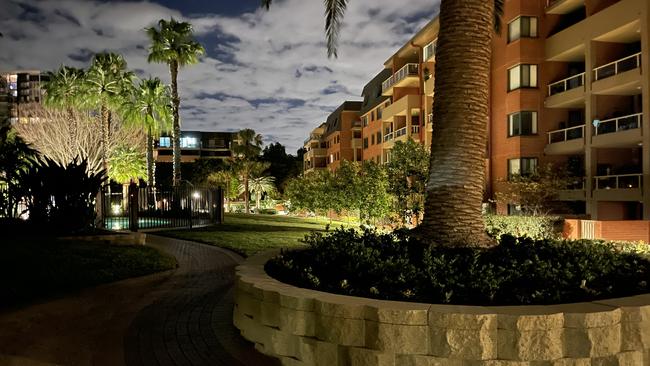
Rob Layton, a journalist-turned-educator who teaches mobile journalism and smartphone photography at Bond University helped to test iPhone 12 Pro Max’s camera to the limit, snapping some unusual images especially in low light.
One was a surfer at Burleigh Beach in southeast Queensland. “I shot this with the 12 Pro Max just after 4am, which is what‘s known as nautical twilight, and it was about 10 or 15 minutes before official blue hour. So it was very, very dark,” he says.
“My previous experiences of using phones for portraiture at this time of day hasn’t been great, because the phone has always struggled in such low light conditions and my subject’s face has always had artefacts, which I can’t stand.”
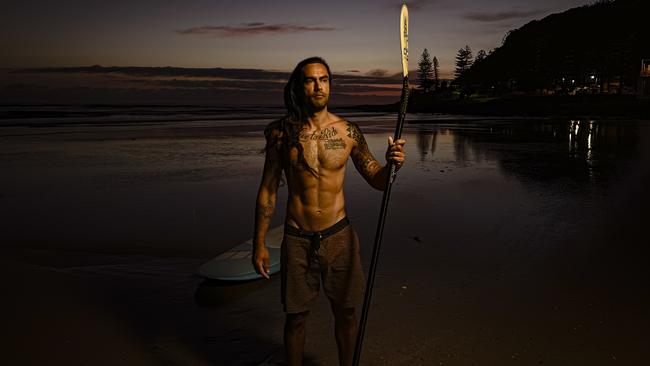
You can adjust the exposure in night shots. Instead of just dragging upwards on the display to increase general brightness, Layton also uses the AE/AF lock to lock in the exposure and focus. He then uses the exposure compensation dial in the new advanced camera menu to tweak the light level. Layton says he doesn’t want his night-time photos to look like they are shot in blaring daylight.

He said the iPhone camera seemed to adjust lighting differently for different objects, which again he put down to AI treating the lighting of objects individually.
He also used the wide lens to snap a wide camera portrait mode shot with a blurred background including blurred lighting, and the 65mm telephoto lens for extra depth in a low light portrait of a woman in a lounge.
A night mode shot at Bond University taken with iPhone 12 Pro Max at “blue hour” showed the camera’s ability to blend the brightness of the building with the dark sky and retain its deep blueness.
iPhone 12 Pro and Pro Max will be able to take photos in RAW format without you needing a third party app.
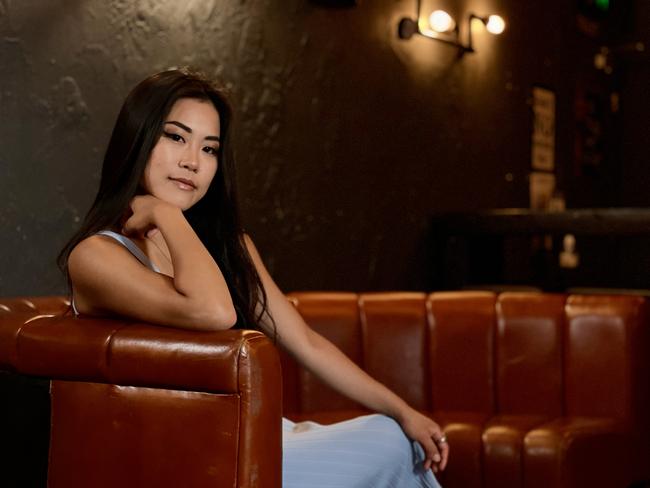
In addition, Apple has announced a proprietary system called ProRAW which brings computational capabilities to RAW photos and says It will be available through a software update this year.
“This will make the latest iPhones viable alternatives to DSLR photography,” said Layton.
There are other reasons to select iPhone 12 Pro Max. If you like big screens on phones, this is Apple’s biggest iPhone screen ever. The Pro Max has a huge 6.7-inch “super retina XDR” display that’s way bigger than the 6.1-inch displays on iPhone 12 and 12 Pro. Go up 1.2 inches more, and you’ve got the screen size of an iPad mini.
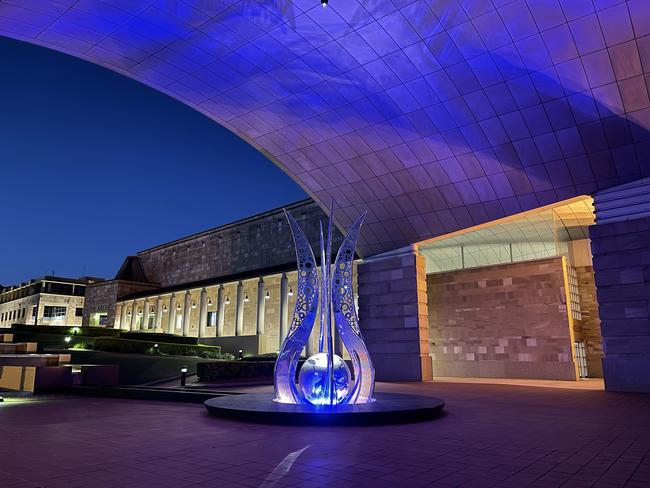
Like other iPhone 12 models, the 12 Pro Max screen can be pushed up to 1200 nits brightness when showing HDR media, is high resolution at 458 pixels per inch and supports Apple True Tone where the display adjusts the colour temperature. It’s maximum refresh rate however is 60 GHz rather than the 120 GHz used by very fast moving games.
You might also buy the iPhone 12 Pro Max for its stunning beauty. Like its stablemates, it is a 5G phone and has flat edges that accommodate the 5G aerial. The gleaming stainless steel edges, all glass front and frosted glass at back are exquisite – that’s if you get to admire its looks before slapping on a cover to protect your $2K investment.

The screen does have Apple’s “ceramic shield” coating to protect the display which Apple says offers 4x better drop performance, and tougher glass at the back, but I’m not a gambler when it comes to dropping expensive phones.
Like other iPhone 12 model, the 12 Pro Max has Face-ID login, IP68 water resistance, fast charging, Qi fast wireless charging but not power sharing where a phone charges another device. All supports Apple’s new MagSafe clip-on charging system.
This capability comes at a cost. The iPhone Pro Max is around $200 more expensive than the already premium iPhone 12 Pro that Apple released last month, so you will need a good reason to buy one. It costs $1849 (128GB of storage), $2019 (256GB) or $2369 (512GB).
If you are inspired in particular by the photographic capability of this phone, it may be for you. It certainly is Apple’s most capable phone ever.
iPhone 12 mini

Apple this Friday also releases the shrunken mini version of iPhone 12. Apart from its smaller 5.4-inch display, it has the same specs as the regular iPhone 12 which is already in market. It has aluminium flat edges, a ceramic shield front, and glass back.
Like its iPhone 12 sibling, it supports sub-6 5G in Australia, Dolby Vision HDR recording at 30 frames per second, has a 2X optical zoom camera, and delivers up to 15 hours of video playback.
All four iPhone models use Apple’s A14 Bionic chip.
Note that the iPhone 12 mini is smaller than the cheaper and popular iPhone SE (2nd generation). However there’s lots of bezel (border) around the iPhone SE screen which means the display area is much smaller – 4.7 inches as against the 5.4-inch screen of iPhone 12 mini and the SE only has an HD screen.
iPhone 12 mini is available in blue, green, red, white, and black and costs $1199 (64GB of storage), $1279 (128GB) and $1449 (256GB). It also will be available from Friday.





To join the conversation, please log in. Don't have an account? Register
Join the conversation, you are commenting as Logout